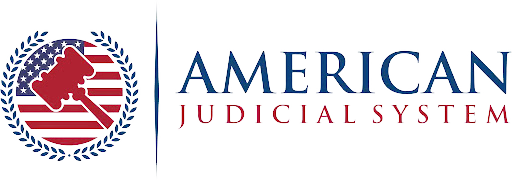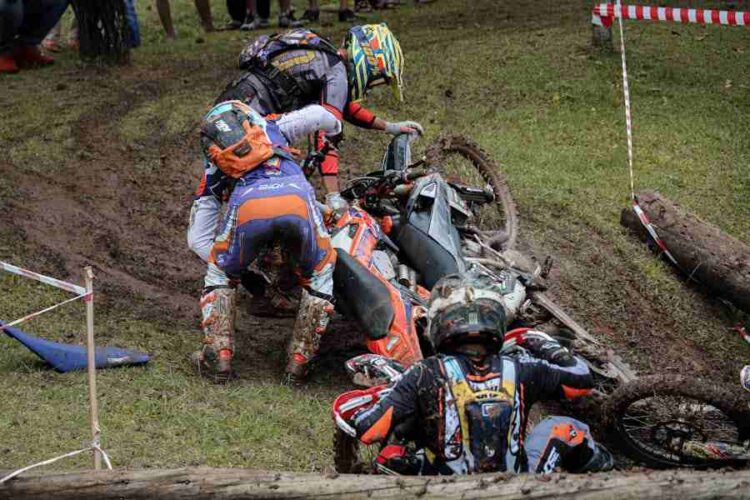Motorcycle accidents pose unique legal challenges, distinguishing them from typical car crash claims. Riders face a greater chance of sustaining severe injuries, and their vulnerability on the road often leads to bias during legal proceedings. These cases frequently become complex in Ann Arbor, a city with urban congestion and unpredictable weather conditions.
To protect their interests, injured motorcyclists often need to find a motorcycle accident lawyer in Ann Arbor who understands the intricacies of these claims. Legal pitfalls can arise from misconceptions about rider behavior, difficulties proving liability, and challenges securing adequate compensation. Navigating Michigan’s no-fault insurance laws adds another layer of risk for those seeking justice.
Preconceived Notions About Motorcyclists Influence Liability Determinations
Juries and insurance adjusters sometimes assume motorcyclists engage in reckless behavior. This bias can unfairly shift blame onto the rider, even when the other driver caused the collision. Defense teams often capitalize on these prejudices, painting riders as risk-takers who disregard safety.
In courtroom settings, the perception of motorcyclists can influence liability decisions. Riders may wear helmets, follow traffic laws, and maintain proper licenses, yet still struggle to shake the stigma of recklessness. Legal representatives must work diligently to counter these assumptions using factual evidence, witness accounts, and expert testimony.
Proving Fault Requires Complex Reconstruction and Technical Expertise
Motorcycle crashes often lack the straightforward evidence seen in other vehicle accidents. Unlike cars, bikes don’t always leave clear skid marks or damage patterns. These factors make reconstructing the crash and establishing fault more demanding.
Attorneys frequently depend on crash reconstruction specialists to piece together the sequence of events. These experts analyze impact angles, vehicle damage, road conditions, and rider injuries. Proving another party’s negligence becomes more difficult without timely and accurate documentation.
Michigan’s No-Fault System Limits Legal Options
Under Michigan’s no-fault insurance system, accident victims typically recover damages from their insurers, regardless of fault. However, motorcyclists are treated differently. They are not entitled to no-fault benefits unless a motor vehicle, not another motorcycle, was involved in the crash.
This distinction significantly alters how motorcyclists pursue compensation. They must often file third-party claims or lawsuits to recover medical expenses, lost wages, and pain and suffering. These legal paths involve strict requirements, such as proving that the injury resulted in severe impairment of body function or permanent disfigurement.
Insurance Companies Challenge Injury Severity and Causation
Insurers often dispute the extent or cause of injuries in high-stakes motorcycle crash cases. Traumatic brain injuries, spinal damage, and internal organ trauma are common outcomes for riders, but insurance adjusters may argue that the injuries predated the crash or stemmed from other causes.
Lawyers refute these claims by relying on medical records, diagnostic imaging, and expert opinions. Establishing a clear link between the accident and the injuries sustained requires immediate and consistent medical care. Delays or gaps in treatment provide insurers with opportunities to weaken the case.
Shared Fault Reduces or Eliminates Damages
Michigan uses a modified comparative fault rule when determining damages. If the injured rider shares any fault, their compensation decreases proportionally. Should their responsibility exceed 50%, they lose the right to collect non-economic damages.
This rule intensifies the need for strong legal arguments. Even a small degree of alleged fault, such as failing to signal, exceeding the speed limit, or not wearing reflective gear, can significantly reduce a settlement. Lawyers must anticipate and counter every accusation of contributory negligence.
Lack of Protective Barriers Complicates Damage Calculations
Motorcyclists lack the structural safety features that shield car occupants, making them more susceptible to devastating injuries. However, this increased vulnerability doesn’t always translate into higher compensation. Some jurors may view riding a motorcycle as an inherently risky activity, reducing sympathy for the victim.
Attorneys must articulate how the absence of protection worsened the injuries rather than blame the rider’s vehicle choice. Economic damages such as lost earning potential, ongoing medical treatment, and rehabilitation costs must be carefully calculated and thoroughly supported.
Multiple Liable Parties Complicate Litigation
In inevitable accidents, more than one party may share liability. A distracted driver, a poorly designed roadway, or a defective motorcycle component can all contribute to the incident. Naming multiple defendants requires a detailed understanding of each party’s role and legal responsibility.
Attorneys must conduct independent investigations and subpoena maintenance records, as well as consult engineers to identify all liable entities. Coordinating litigation against several parties increases procedural complexity and heightens the risk of delays or conflicting defenses.
Case Risk Extends Beyond the Courtroom
Outside legal proceedings, riders often face pressure to settle quickly. Financial strain from medical bills or lost income may lead to accepting inadequate offers. Insurance companies exploit this urgency, proposing settlements that fail to reflect the actual recovery cost.
A well-prepared legal team resists premature agreements and applies pressure through comprehensive evidence gathering. Taking time to build a case ensures fair compensation reflecting immediate and long-term consequences.
Strategic Preparation Minimizes Legal Exposure
Motorcycle accident claims require proactive, detail-oriented strategies from the outset. In Ann Arbor, where traffic flow, pedestrian density, and diverse driving behaviors intersect, accident scenarios rarely follow predictable patterns. Riders facing legal challenges need robust advocacy that anticipates resistance from insurers and defense attorneys.
Every piece of evidence, from helmet condition to road surface reports, can play a critical role in supporting the claim. Minimizing legal risk means approaching every stage of the case with precision and persistence.










